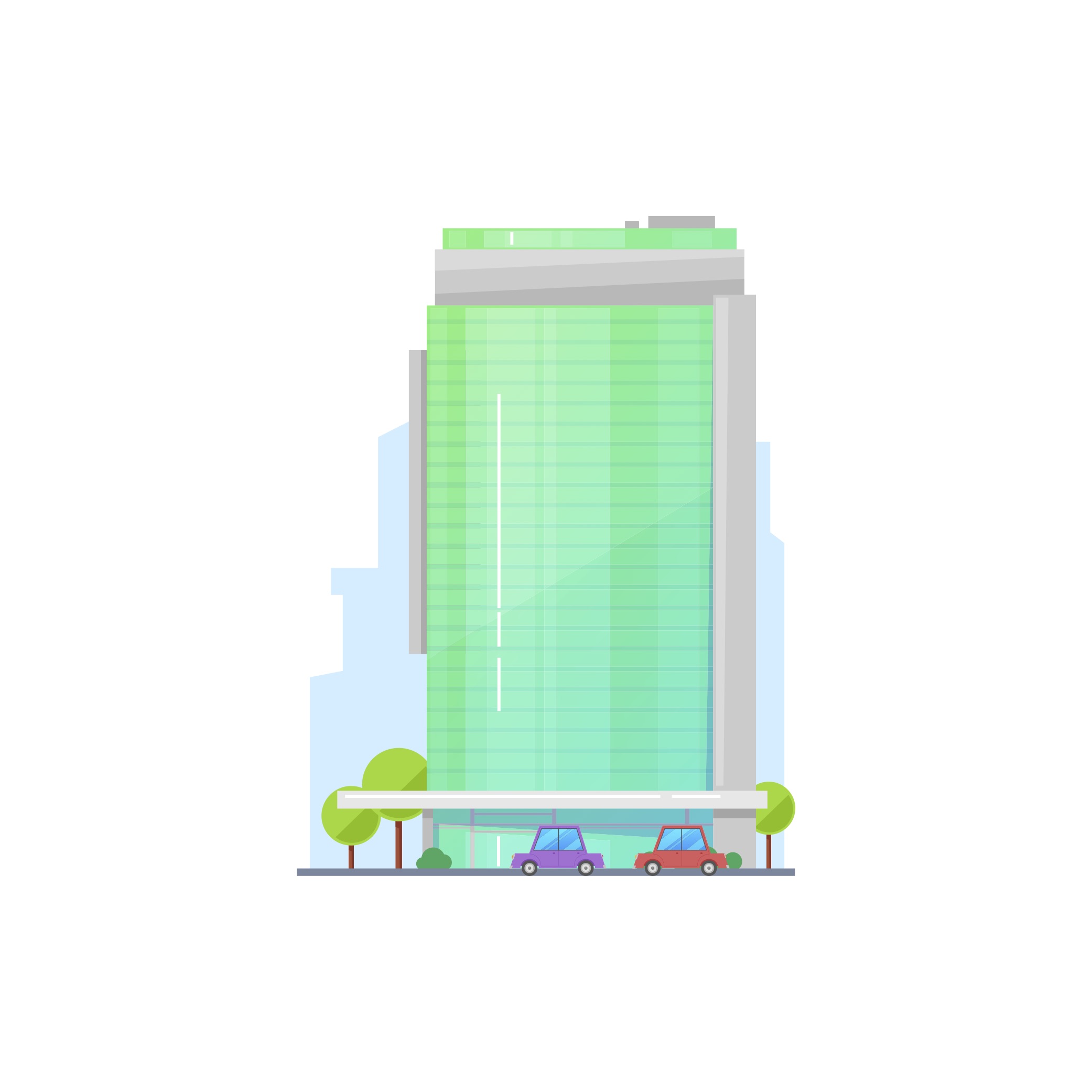A Setback is the distance from the Base Building Line (the officially mapped street line) to the point where a building may be constructed. Setbacks provide building restrictions on property owners. Local governments use ordinances and building codes to establish setback requirements generally for public policy reasons such as safety, privacy, and environmental protection.
The City of Miami provides setback requirements for property owners in the Miami 21 Zoning Code. The Miami 21 Zoning Code is a Form-Based Code guided by tenets of New Urbanism and Smart Growth. All form-based codes share the same organization: Definitions, Regulating Plan or Atlas, Building Form Standards, and Public Space / Street Standards. The Miami 21 Zoning Code is organized for users to read only the parts they need. It is not necessary to read it from cover to cover, but some parts interrelate and often must be reviewed together.
To determine the setback requirements for your property in the City of Miami, you must first know which zone your property is located in. The City of Miami (“City”) is separated into various zones and certain zoning requirements differ by zone.
Which Zone is my Property Located in?
The City provides a map on its website to determine your zone based on your property’s address. The City’s zoning map can be found here: https://maps.miamigov.com/miamizoning/index.htm. The City assigns each zone a name and abbreviation.
Where do I find my Property’s Setback Requirements?
After locating your zone, you can determine what setback requirements apply to your property. The Miami 21 Zoning Code can be found here: https://codehub.gridics.com/us/fl/miami.
Article 5 of the City Zoning Code provides zoning requirements that are specific to zones. For example, if your property is located in one of the District Zones (D1 and D2), your setback requirements can be found under Article 5.9.
Does the City of Miami have Parking Space Setback Requirements?
The Miami 21 Zoning Code includes illustrations that provide building setback minimums and parking placement charts per zone except for the Natural Transect Zones (T1) and Rural Transect Zones (T2). Setback minimums not only vary by zone, but they also vary by property lines such as front, rear, or side property lines.
Can I Change the Setback Requirements on my Property?
Changing your property’s setback requirements is done through rezoning your property. Depending on the local government, you would have to apply for rezoning and this process can take multiple months.








